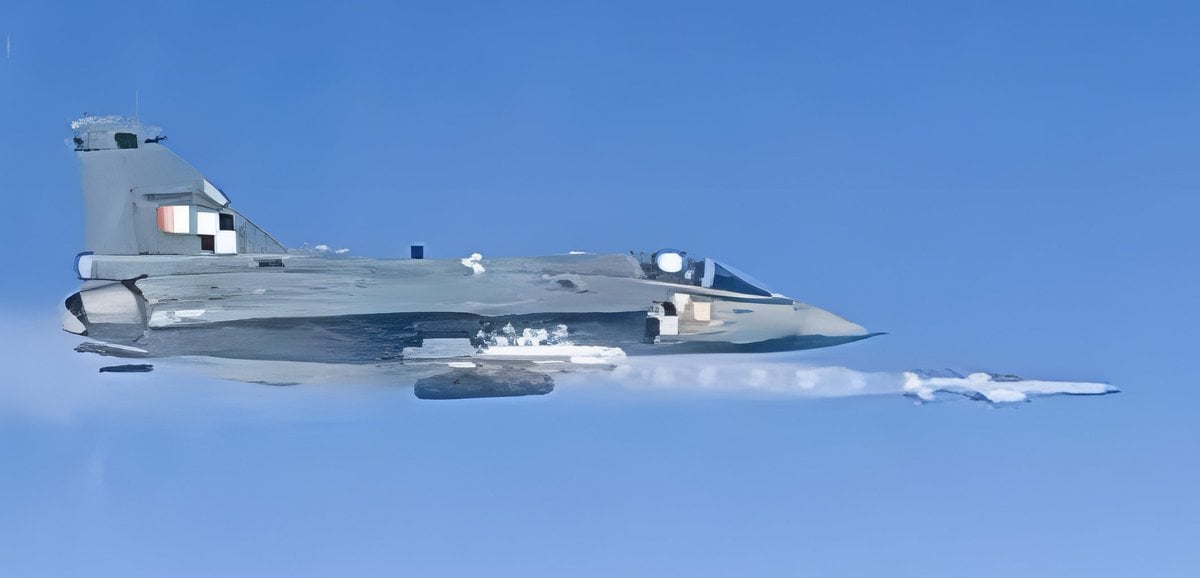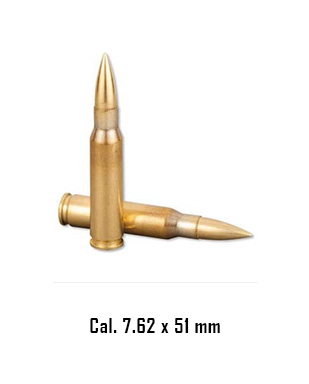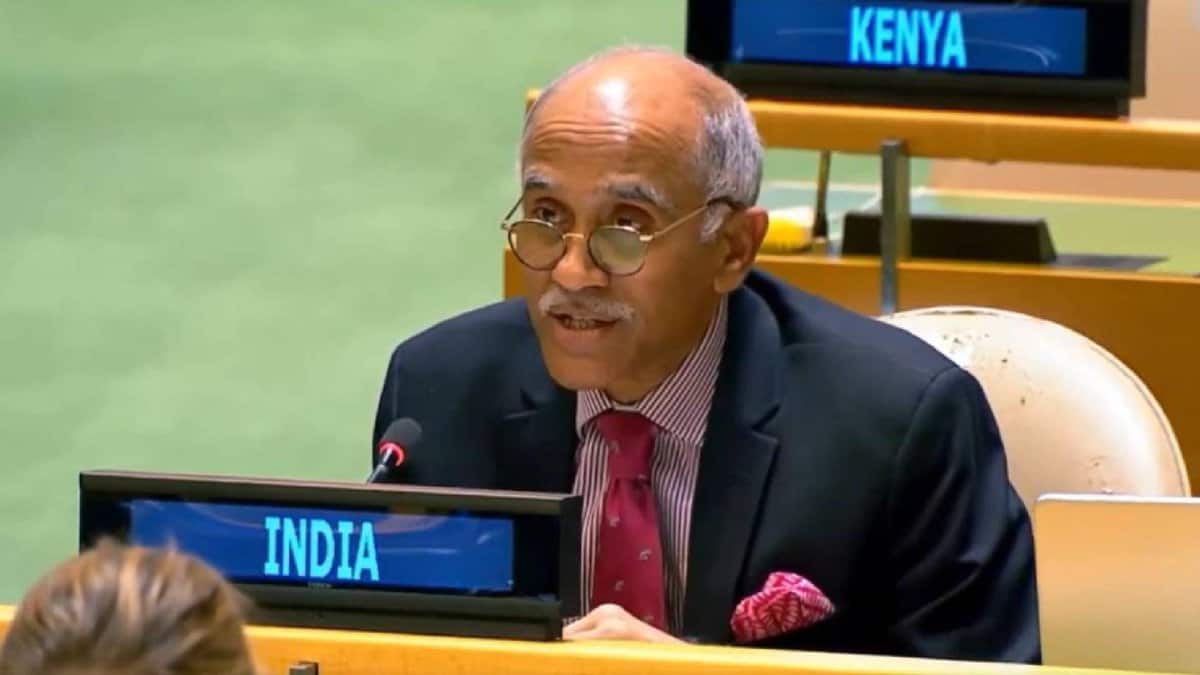admin
SOURCE: RAUNAK KUNDE / NEWS BEAT / IDRW.ORG


India’s Defence Research and Development Organisation (DRDO) is poised to redefine aerial combat with the Astra MkIII, christened ‘Gandiva’ after the legendary bow of Arjuna from the Mahabharata. According to sources close to idrw.org, this next-generation beyond-visual-range air-to-air missile (BVRAAM) is designed to achieve a staggering range exceeding 300 km, powered by a cutting-edge solid fuel ducted ramjet (SFDR) propulsion system. With captive trials underway and full-scale production targeted for 2030, the Gandiva is set to elevate the Indian Air Force’s (IAF) capabilities to rival global benchmarks like the MBDA Meteor.
The Astra MkIII ‘Gandiva’ leverages a solid fuel ducted ramjet (SFDR) propulsion system, a technology that uses atmospheric oxygen as an oxidizer, eliminating the need for onboard oxidizers and enabling a lighter, more efficient design. This throttleable ramjet allows the missile to sustain supersonic speeds of up to Mach 4.5 over extended ranges, reportedly reaching 300–350 km under optimal conditions, such as high-altitude launches from 20 km. The SFDR’s ability to modulate thrust mid-flight enhances the missile’s no-escape zone (NEZ), making it highly effective against maneuvering targets, including advanced fighters and high-value assets like AWACS.
Continue readingSOURCE: RAUNAK KUNDE / NEWS BEAT / IDRW.ORG


In a landmark achievement for India’s defense sector, Nagpur-based JSR Dynamics Private Limited has emerged victorious in the Indian Navy Open Challenge 8.0, securing a contract to develop a cutting-edge Long Range Powered Precision Guidance Munition (LRPGM). The company recently revealed the specifications and design of this advanced weapon system, marking a significant step toward enhancing the Indian Navy’s precision strike capabilities. This development underscores India’s growing prowess in indigenous defense technology amid heightened regional tensions, particularly following its withdrawal from the Indus Waters Treaty (IWT) in 2025.
JSR Dynamics, a private firm specializing in defense and aerospace solutions, won the Indian Navy’s Open Challenge 8.0, a competitive initiative aimed at fostering innovation in military technology. The LRPGM project aligns with India’s broader push for self-reliance in defense manufacturing under the Atmanirbhar Bharat initiative. The company’s success highlights the increasing role of private players in bolstering India’s military capabilities, especially as the nation navigates complex geopolitical challenges with neighbors like Pakistan and China.
Continue readingSOURCE: RAUNAK KUNDE / NEWS BEAT / IDRW.ORG


The Indian Air Force (IAF) has significantly strengthened its Beyond Visual Range Air-to-Air Missile (BVRAAM) inventory, positioning itself as a formidable aerial power in South Asia amid rising tensions with Pakistan and China. As of April 2025, the IAF’s stockpile includes 250 Meteor missiles acquired through the Rafale deal, a fresh order of 400 R-77 missiles, 400 indigenous Astra Mk1 BVRAAMs, over 500 R-77s from previous stocks, and an undisclosed number of MICA-IR and MICA-RF missiles procured for the Mirage-2000 and Rafale fleets. This robust arsenal, detailed in recent defense updates, underscores the IAF’s focus on maintaining air superiority as it prepares for potential conflicts along its contested borders.
The Meteor missile, integrated with the IAF’s 36 Rafale jets, is a game-changer. With a range exceeding 150 km (some estimates suggest up to 200 km), the Meteor’s ramjet propulsion and active radar seeker enable it to engage targets at extreme distances with a “no-escape zone” of over 60 km—three times that of the AIM-120 AMRAAM used by Pakistan’s F-16s. The 250 Meteors, delivered as part of the ?63,000 crore Rafale deal signed in 2016, give the IAF a decisive edge in beyond-visual-range (BVR) combat, particularly against China’s J-20, which relies on the PL-15 with a comparable 200 km range but lacks the Meteor’s sustained maneuverability.
Continue readingSOURCE: AFI


In a surprising revelation, a senior Pakistan Air Force (PAF) official, Air Vice Marshal Shahzad Chaudhry, has admitted that the PAF’s claim of shooting down two Indian Air Force (IAF) jets during the 2019 aerial skirmish following the Balakot airstrike may not be entirely accurate. The admission casts doubt on Pakistan’s long-standing narrative that had claimed two IAF jet, a MiG-21 piloted by Wing Commander Abhinandan Varthaman, was shot down, while the second, a Su-30MKI fell down in Indian side as previously claimed.
The 2019 clash occurred in the wake of India’s airstrike on a Jaish-e-Mohammed (JeM) terrorist training camp in Balakot, Pakistan, in retaliation for the Pulwama attack that killed 40 Indian paramilitary personnel. On February 27, 2019, the PAF launched a counteroffensive, leading to a dogfight over the Line of Control (LoC). Pakistan claimed it shot down two IAF jets, one of which, the MiG-21, fell in Pakistan-occupied Kashmir (PoK), with its pilot, Abhinandan, captured and later released. The second jet, claimed to be a Su-30MKI, was said to have crashed on the Indian side. India, however, consistently denied the loss of a Su-30MKI, asserting that only the MiG-21 was downed.
Continue readingSOURCE: AFI


In a significant stride toward self-reliance in defense manufacturing, Hughes Precision Manufacturing Pvt. Ltd., a Nagpur-based company, has achieved a historic milestone by developing India’s first indigenous sniper rifle ammunition for the Indian Army. This breakthrough marks a pivotal moment in India’s journey under the Aatmanirbhar Bharat (Self-Reliant India) initiative, reducing dependence on foreign suppliers and strengthening national security.
Hughes Precision, a relatively new player in India’s defense sector, has emerged as a trailblazer with its focus on precision engineering and ammunition manufacturing. The company’s 7.62x51mm NATO-standard sniper ammunition, designed specifically for the Indian Army’s sniper rifles, is a testament to India’s growing capabilities in producing high-quality, specialized munitions domestically.
Continue readingSOURCE: AFI


India’s indigenous satellite navigation system, NavIC (Navigation with Indian Constellation), is undergoing a pivotal evaluation of its capabilities during wartime conditions, as reported on April 29, 2025. Developed by the Indian Space Research Organisation (ISRO), NavIC is designed to provide precise positioning and timing services across India and up to 1,500 km beyond its borders. Now, its resilience and reliability are being tested in high-stakes conflict scenarios.
NavIC, comprising seven satellites in geostationary and geosynchronous orbits, offers two service levels: a standard positioning service for civilian use and a restricted, encrypted service for military and strategic applications. The ongoing test aims to assess NavIC’s performance under electronic warfare conditions, including signal jamming and spoofing attempts, which are common in modern conflicts.
Continue readingSOURCE: AFI


The “Grim Reapers” YouTube channel recently conducted an exhilarating Digital Combat Simulator (DCS) scenario pitting the entire Indian Air Force and Navy against the Pakistan Air Force in a one-tenth scale, proportional battle. Titled WarGames 269, this simulation offers a fascinating glimpse into a hypothetical full-scale aerial conflict between two South Asian powers, set over the Caucasus Mountains in Georgia, representing the rugged heights of Kashmir. With meticulous research and attention to detail, the simulation showcases the strengths, strategies, and technological disparities of both air forces as of 2025. Let’s dive into the setup, execution, and outcome of this thrilling virtual war.
The simulation begins with a detailed breakdown of both air forces’ combat capabilities, reflecting their real-world inventories as closely as possible within DCS constraints.
Continue readingSOURCE: PTI


The Indian Air Force (IAF) will conduct a crucial trial on Friday on a 3.5-km airstrip of the under-construction Ganga Expressway in Shahjahanpur.
According to a press statement issued on Thursday, advanced fighter jets like the Rafale, Jaguar, and Mirage will perform take-off and landing drills, including night operations, to assess the expressway’s viability as an alternative runway during emergencies.
Continue readingSOURCE: IANS


Pakistan is gearing up to face a major water crisis as a sharp decline has been witnessed in the levels at its three major dams over the past few days. Rawal, Simly and Khanpur dams, which supply water to capital Islamabad, have seen a sharp decline in water levels due to the lack of ample rainfall.
In Rawalpindi, the water levels have fallen to under 700 feet, triggering a widespread shortage of water across the city. The shortage has given a boost to the earnings of those operating private water tankers, who are distributing water in different localities of the city at much higher rates.
Continue readingSOURCE: PTI
)

Amid rising tensions between India and Pakistan, the UN Security Council will be seized of the matter and could discuss the situation if such a request is made, President of the Council for the month of May Ambassador Evangelos Sekeris said on Thursday.
“This is an issue which is now ongoing, evolving,” Sekeris said at a press briefing. Sekeris, who is the Permanent Representative of Greece to the UN, said that the Council had recently issued a press statement condemning the heinous terrorist attack in Pahalgam, Jammu and Kashmir, and called for the perpetrators to be brought to justice.
Continue readingSOURCE: IANS


US Secretary of Defense Pete Hegseth and Indian Defence Minister Rajnath Singh held a telephonic conversation on Thursday during which the April 22 Pahalgam terrorist attack was discussed, an official said.
During the talks, America has expressed deep condolences for the Pahalgam terrorist attack, while India has told the US that Pakistan has been supporting, training and funding terrorists. According to the Ministry of Defence, Hegseth on Thursday called Rajnath Singh.
Continue readingSOURCE: IANS


India has said it is ready to work closely with parties in the Gaza conflict to bring peace to the region and reiterated its calls for a ceasefire and the release of hostages. “It is India’s desire to see peace and calm prevail in West Asia, and we stand ready to work closely with all concerned stakeholders towards realising this vision,” Permanent Representative P. Harish told the Security Council on Wednesday during a debate on Palestine.
India is one of the few countries to have close, direct, and open relations with both Israel and Palestine.
Continue readingSOURCE: PTI
)

Pakistan’s President Asif Ali Zardari and Prime Minister Shehbaz Sharif met on Thursday to discuss the security situation and vowed to respond to “any act of aggression in a befitting manner.
The two met for the first time as tensions rose between India and Pakistan after terrorists killed 26 people, mostly tourists, in Jammu and Kashmir’s Pahalgam on April 22. According to an official statement, they said that Pakistan would never compromise on its territorial integrity and sovereignty and would respond to any act of aggression in a befitting manner.
Continue readingSOURCE: PTI
)

Indian farmers have completed wheat harvesting in areas adjoining the Pakistan border in the key growing states of Punjab and Rajasthan, government officials said on Thursday.
“Wheat crop has been harvested by now,” Food Secretary Sanjeev Chopra said at a press conference when asked about the status of harvesting near the India-Pakistan border, which spans approximately 3,310 kilometres across Gujarat, Rajasthan, Punjab, and Jammu and Kashmir.
Continue readingSOURCE: PTI
)

Pakistani FM radio stations on Thursday stopped airing Indian songs following tensions between the two countries over the Pahalgam terror attack, in which 26 people were killed. “The Pakistan Broadcasters Association (PBA) has stopped airing Indian songs on Pakistani FM radio stations across the country with immediate effect,” PBA Secretary General Shakeel Masood said.
Indian songs, especially from greats like Lata Mangeshkar, Mohammed Rafi, Kishore Kumar, and Mukesh, are popular among Pakistanis and are played by FM radio stations here daily.
Continue reading